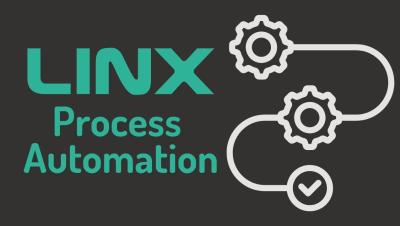Linx Process Automation - Workflow for your back-end
Introducing Linx Process Automation – Simplify Your Workflows! Discover the power of Linx Process Automation, the cutting-edge feature designed to streamline and automate your business processes effortlessly. This powerful Process Automation plugin provides a dedicated service for hosting and managing workflows, enabling you to optimize efficiency and reduce manual tasks.






